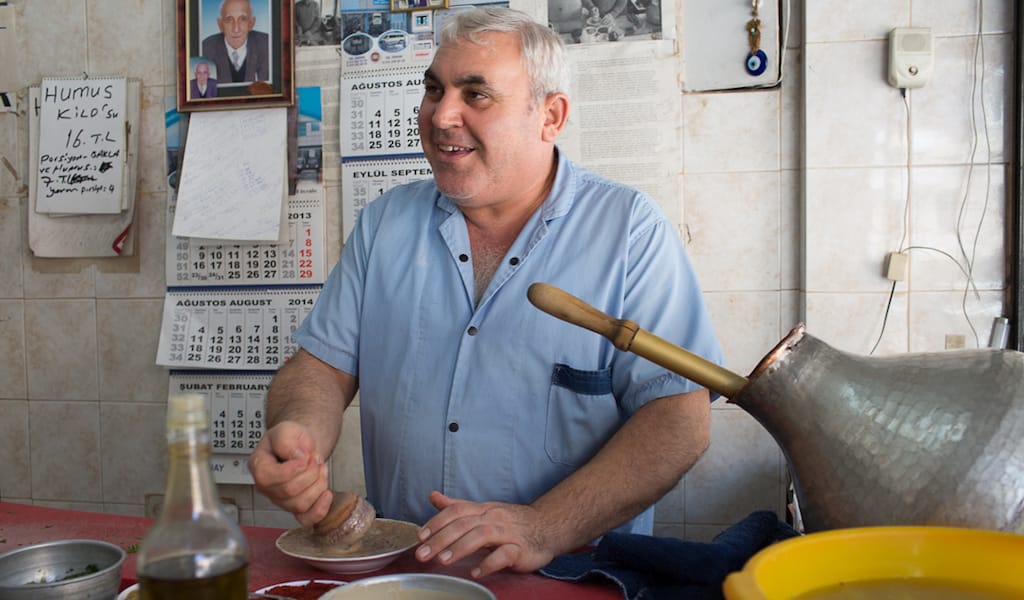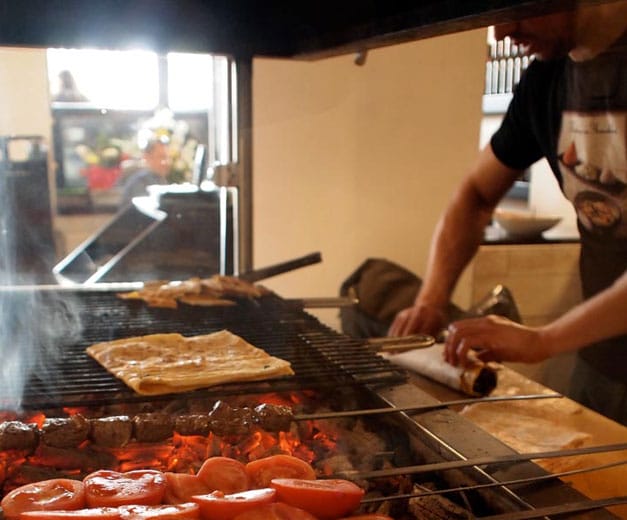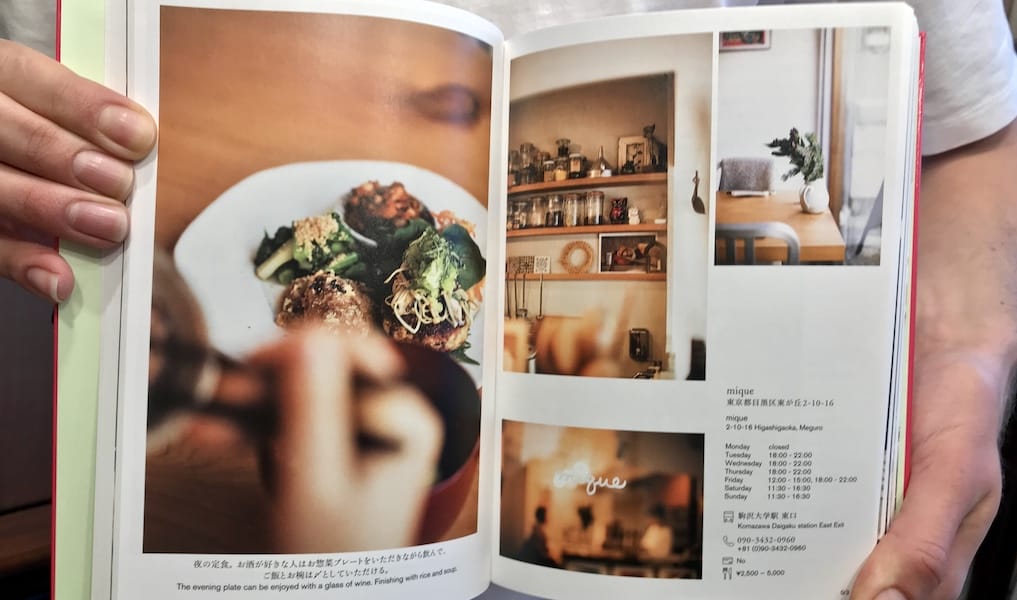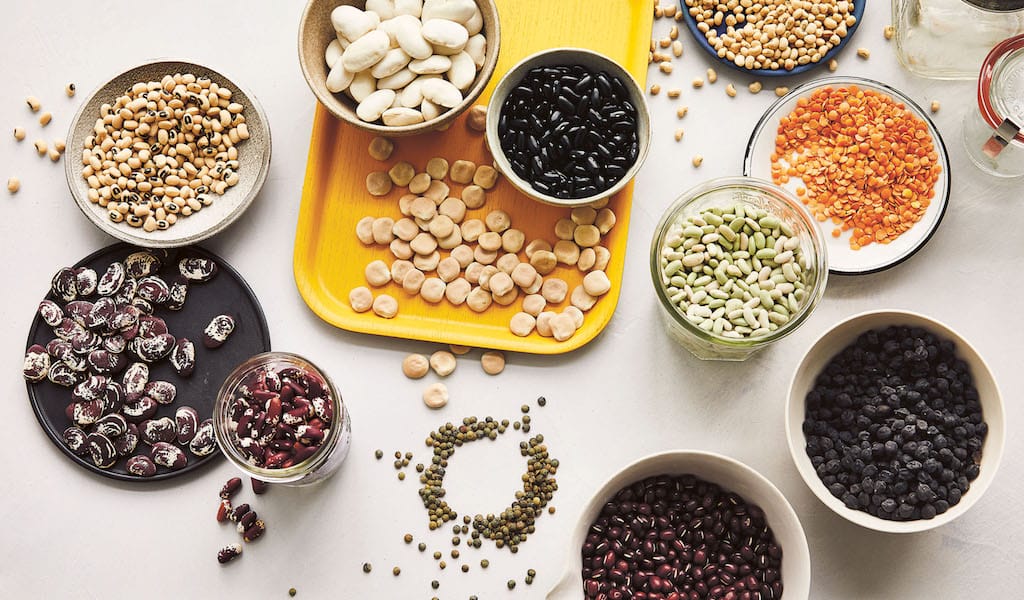In the years of research for their new cookbook, Istanbul & Beyond, author Robyn Eckhardt and photographer David Hagerman became well acquainted with Anatolia and the distinct cultural identities, landscapes and, of course, cuisines that can be found on this vast plateau.
We recently spoke to Robyn about why Hatay is so special to them, how its cuisine fits into Turkey’s culinary jigsaw puzzle and their favorite dishes and spots in the region.
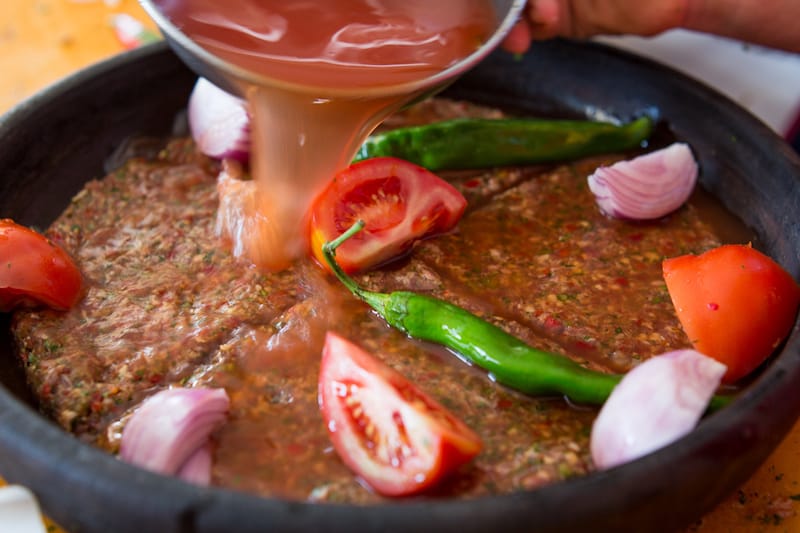
You and Dave traveled all over Turkey to research your book. Was there anything about Hatay and its food that stood out in particular?
Its location alongside the Mediterranean and at the tip of the Levant makes Hatay’s food so unique compared to the foods of the other parts of eastern Turkey we included in the book. I didn’t originally intend to include Hatay in Istanbul & Beyond, but on our first visit I was so blown away by its cuisine, and how different it was to what we were encountering elsewhere on our travels, that I knew I had to include it. Hatay is the only province to which we devoted an entire chapter (as opposed to other provinces that I combined into ‘regional’ chapters), because Hatay food is singular. It’s its own thing.
The lavish use of olive oil and pomegranate molasses, the inclusion of a plate of fresh herbs with most meals, and the way Hataylı love chile heat really spoke to Dave and me. (Not all of the province’s specialties are spicy of course, but those that are spicy are noticeably – and agreeably, as far as we’re concerned – so.) Our tolerance for chile, honed over years living in Asia, is high! Hatay was always the place where I looked forward to getting a burn on, so to speak, to a satisfactory degree.
Where do you see Hatay fitting into Turkey’s culinary jigsaw puzzle? How does its culinary culture compare to some its neighboring regions?
Certain aspects of Hatay’s culinary landscape stand out from those of its neighbors, especially the fırınlı kasap, establishments with wood-fired bread bakeries and butchers under one roof. The symbiotic relationship between butcher and baker exists elsewhere in eastern Turkey, in that it’s not unusual for a home cook to phone her butcher to order a few lamb chops, which he’ll season and carry to a nearby bread bakery for the baker to arrange in a tepsi to go into the wood oven. But I love how that relationship is taken to the extreme in Hatay, where the chopping of meat for and preparation of a kebab and the shaping of dough for a flatbread happens in one small space, and bread and meat cook together in the same wood-fired oven.
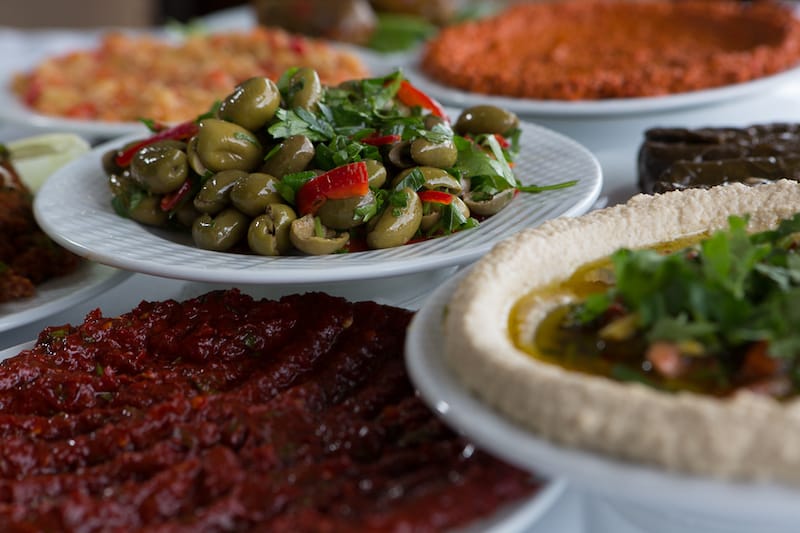
Also, in the part of (eastern) Turkey where we focused our research, Hatay is the only province that boasts a true meze culture. There’s a lot to love about a place where you can make a meal of made-to-order hummus from morning to evening, where small shops sell dozens of homemade meze by the kilo, and where dinner can consist solely of a series of small plates and perhaps some seasoned flatbread fresh from a wood-fired oven. It’s a great way to eat.
Some of the foods in Hatay will be teasingly familiar to those who know classic Middle Eastern or Levantine dishes like baba ghanoush, hummus, muhammara and künefe. And then, just when you’re thinking, “Oh yeah, I know this cuisine,” it throws up some twists: the local take on kibbeh, a giant meat patty cooked in sauce or on paper in a wood-fired oven; an herby yogurt soup with diminutive chewy orbs of bulgur; a fragrant-funky cheese redolent of pepper paste and dried wild thyme; a conserve of rolled bitter orange peels; and putty-stiff and highly salted yogurt that’s eaten for breakfast.
Any favorite dishes that emerged from your research trips to Hatay?
I love it all but I especially have a soft spot for katıklı ekmek, a flatbread smeared with a mixture of whey cheese or sürk (spicy-funky Hatay cheese) mixed with chiles, dried spices, sesame seeds, pepper and/or tomato paste. The flatbreads are spicy, salty, a little bit oily – truly addictive in the way good thick-cut potato chips are.
Künefe is of course wonderful, but perhaps even more than that I love the ‘pudding’ made with lightly salted fresh cheese, semolina and sugar syrup and served hot, while the cheese is soft and stringy.
I love the in-your-face, sunny flavors of Hatay meze like fresh zahter salad, cracked green olives with pomegranate molasses and tomatoes, and çökelek (whey cheese) salad with tons of parsley.
If somebody were to visit the area on their own, what would be the first spot you would send them to, a place that has particularly lingered in your memory?
For dinner, I’d send them to Restoran Anadolu for a tableful of meze and a stack of katıklı ekmek (or, if you prefer, lahmacun) to go with a bottle of wine or rakı. For breakfast or brunch, a hole-in-the-wall baklacı in the center of downtown that I know only as ‘that little baklacı’ for a plate of bakla ezmesi (overnight-cooked dried fava beans mashed with cumin, garlic, olive oil and lemon juice, served with pickles and pillowy flatbread).
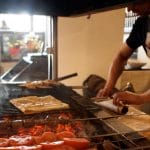 February 7, 2014 Antiochia
February 7, 2014 Antiochia
Editor’s note: Antiochia has moved to a new location.
In Istanbul, we’ve noted an […] Posted in Istanbul May 26, 2022 CB Book Club
May 26, 2022 CB Book Club
Popularly known as “Rice Girl” for her rice subscription service serving up […] Posted in Tokyo March 3, 2022 Recipe
March 3, 2022 Recipe
We spoke to Joe Yonan, the James Beard Award-winning food and dining editor of The […] Posted in Mexico City
Published on January 17, 2018
Related stories
February 7, 2014
IstanbulEditor’s note: Antiochia has moved to a new location. In Istanbul, we’ve noted an inverse relationship between a restaurant’s atmosphere and what’s coming out of the kitchen. In most cases, as furniture design goes slick, as bathrooms get properly lit and ventilated, as the wait staff becomes customer-savvy, the quality of the kitchen inevitably goes…
May 26, 2022
Tokyo | By Florentyna Leow
TokyoPopularly known as “Rice Girl” for her rice subscription service serving up micro-seasonal blends of rice varieties, Momoko Nakamura has had an eclectic career: she’s been a former television producer of food shows like Iron Chef America, start-up founder, director of food events, restaurant consultant, and now, advocate for healthy living and author of culinary…
March 3, 2022
Mexico City | By Culinary Backstreets
Mexico CityWe spoke to Joe Yonan, the James Beard Award-winning food and dining editor of The Washington Post, about his cookbook, Cool Beans: The Ultimate Guide to the World's Most Versatile Plant-Based Protein (Ten Speed Press, February 2020). And he provided us with a recipe for his garlicky great northern beans and broccoli rabe over toast (scroll…







































